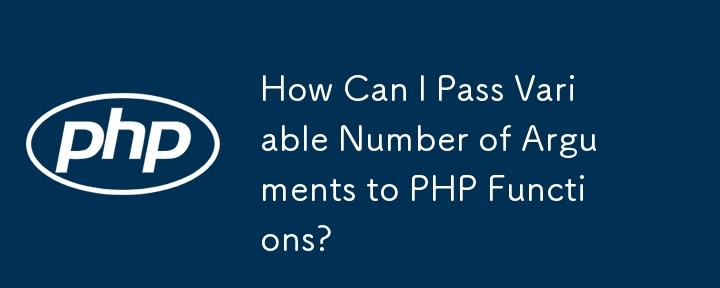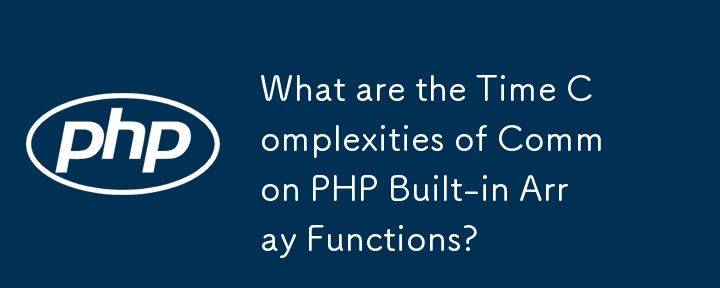Found a total of 10000 related content
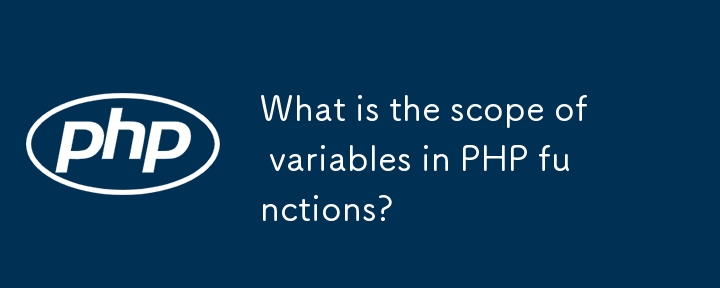
What is the scope of variables in PHP functions?
Article Introduction:Variables defined in PHP functions are only accessible inside their functions, which is the basic rule for the scope of variables of PHP functions. Local scope means that variables can only be used within the function that declares it. To use this value outside the function, it needs to be returned through return; global variables need to be accessed in the function using the global keyword or $GLOBALS hyperglobal array; static variables are declared through static, and their value can be maintained between multiple function calls.
2025-07-04
comment 0
244
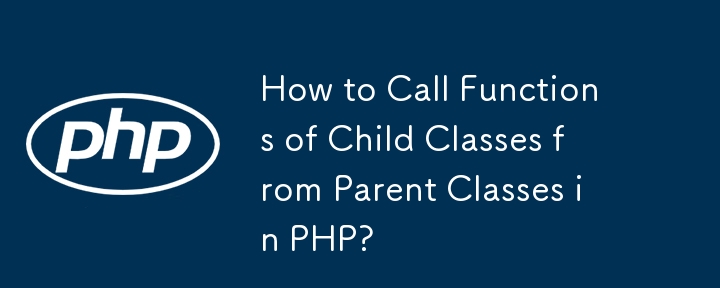
How to Call Functions of Child Classes from Parent Classes in PHP?
Article Introduction:How to Call Functions of Child Classes from Parent Classes in PHPIn PHP, a common task is invoking functions defined in child classes from within parent classes. Consider the following example:class whale
{
public function __construct()
{
//
2024-10-19
comment 0
1121
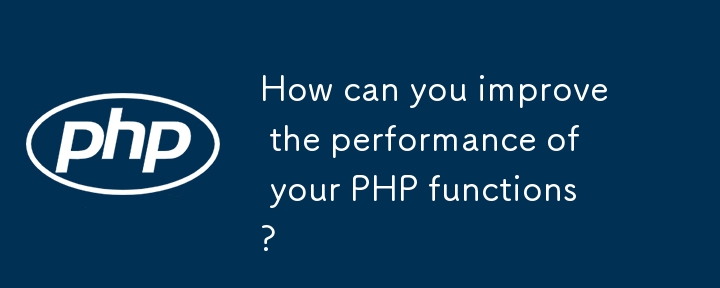
How can you improve the performance of your PHP functions?
Article Introduction:To improve the performance of PHP functions, it is necessary to reduce resource consumption, speed up execution and ensure scalability. 1. Reduce function calls in loops, and the results should be calculated and stored in advance; 2. Priority is given to using built-in functions, such as array_map, in_array, etc., because they are more efficient and readable; 3. Avoid redundant calculations, store the results of expensive operations, and use cache to reduce duplicate database queries; 4. Optimize function parameters and return values, pass big data by reference, return as soon as possible, and reduce unnecessary output; 5. Use tools such as Xdebug or Blackfire for performance analysis and benchmarking to identify bottlenecks and optimize key functions. These practices jointly improve overall application efficiency.
2025-07-23
comment 0
295
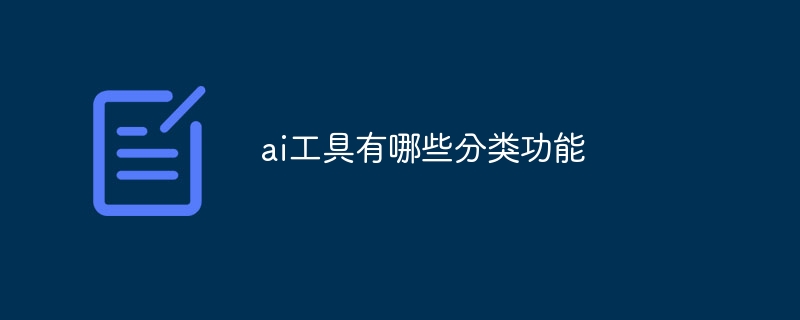
What are the classification functions of AI tools?
Article Introduction:Artificial intelligence tools have become a cornerstone of modern life, offering a wide range of capabilities. Its classification includes: Machine learning: identifying patterns and predictions, applied to image recognition and predictive analysis. Deep learning: learning complex features for image segmentation and natural language understanding. Computer Vision: Empowering computers with vision for facial recognition and autonomous driving. Natural Language Processing: Understanding and processing human language for use in machine translation and chatbots. Expert systems: Encoding expert knowledge for medical diagnosis and financial planning. Predictive analytics: Predicting future events, used for customer churn prediction and stock market analysis. Chatbots: Conduct natural conversations for customer service and marketing automation. Virtual Assistant: Execution
2024-11-28
comment 0
413

Mastering the WordPress Categories API
Article Introduction:In-depth WordPress classification directory API: Efficiently obtain and manage classified data
This article will explore the WordPress classification directory API in depth and explain how to efficiently obtain and manage classified data. We will introduce the core functions and show how to obtain a single category, multiple categories, and specific information such as category ID, name, description, slug, and number of associated articles. We will also briefly introduce classification-related operations in the WordPress REST API.
Core concept
The WordPress Classification Catalog API provides a series of functions to retrieve the original data of a classification, including returning objects containing all classification-related data.
Get a single classification object
get_category
2025-02-10
comment 0
629
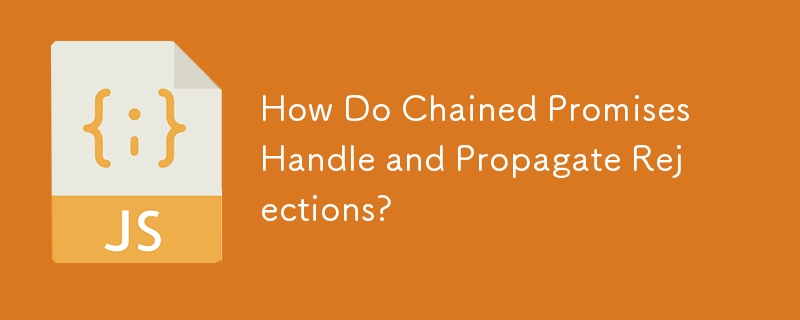

How do anonymous functions (closures) work in PHP, and what is the purpose of the use keyword with them?
Article Introduction:Anonymous functions (closures) are functions without names in PHP and are often used in scenarios where callback functions need to be temporarily defined. They can be assigned to variables or passed directly as parameters, and are commonly used in array operations and event processing such as array_map and array_filter. Use the use keyword to allow the closure to inherit variables in the parent scope and pass by value by default. If you need to modify external variables, you should use the & symbol to pass by reference. Common application scenarios include: 1. Array processing; 2. Event registration; 3. Callbacks to maintain states; 4. Custom sorting logic. Closures help keep the code concise, but you need to pay attention to the scope and delivery of variables.
2025-06-09
comment 0
249



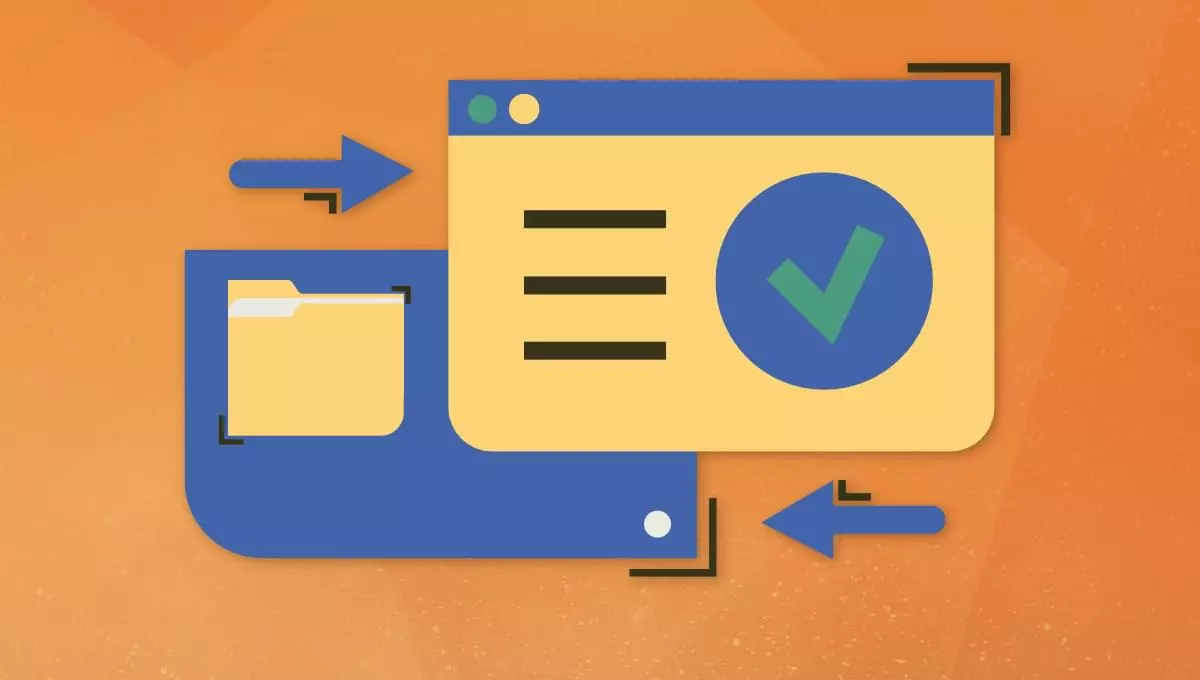
Flow Control in JavaScript: Callbacks, Promises, async/await
Article Introduction:Key points of JavaScript asynchronous programming
This article will discuss JavaScript asynchronous programming in an easy-to-understand manner, covering three main methods: callback function, Promise and async/await. We will help you master the core concepts of JavaScript asynchronous programming through sample code, key points summary and in-depth learning resource links.
Content summary:
Single threaded processing
Use callback functions to implement asynchronous operations
Callback hell
Promise
Asynchronous chain call
The future of Promise?
async/await
Promise upgrade
Limitations of try/catch
JavaScript Asynchronous Programming Journey
Java
2025-02-11
comment 0
333


How Can I Execute PHP Functions from JavaScript?
Article Introduction:JavaScript and PHP Collaboration: Running PHP Functions from JavaScriptThis article delves into the intricacies of calling PHP functions from...
2024-12-20
comment 0
781
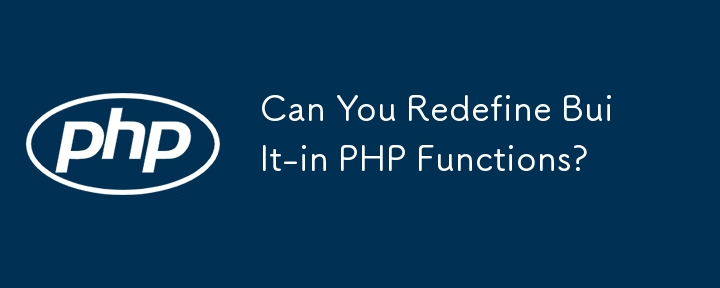
Can You Redefine Built-in PHP Functions?
Article Introduction:Redefining PHP Built-in Functions: Is It Feasible?PHP offers a vast array of built-in functions, including essential functions like echo() and...
2024-11-06
comment 0
920

How to use async/await in JavaScript?
Article Introduction:async/await is a clearer asynchronous processing method in JavaScript. It is an encapsulation of Promise, reducing the use of .then() and .catch(), making the code more like synchronization logic. 1. Functions declared using the async keyword will automatically return Promise; 2. Await is used to wait for Promise to complete, and can only be used in async functions, and will pause the execution of the current function until the result returns; 3. Errors need to be captured through try/catch to ensure the stability of the process; 4. Multiple asynchronous tasks without dependencies should be executed in parallel with Promise.all to improve performance. Mastering these key points allows you to write clearer and more controllable asynchronous code.
2025-07-11
comment 0
649


